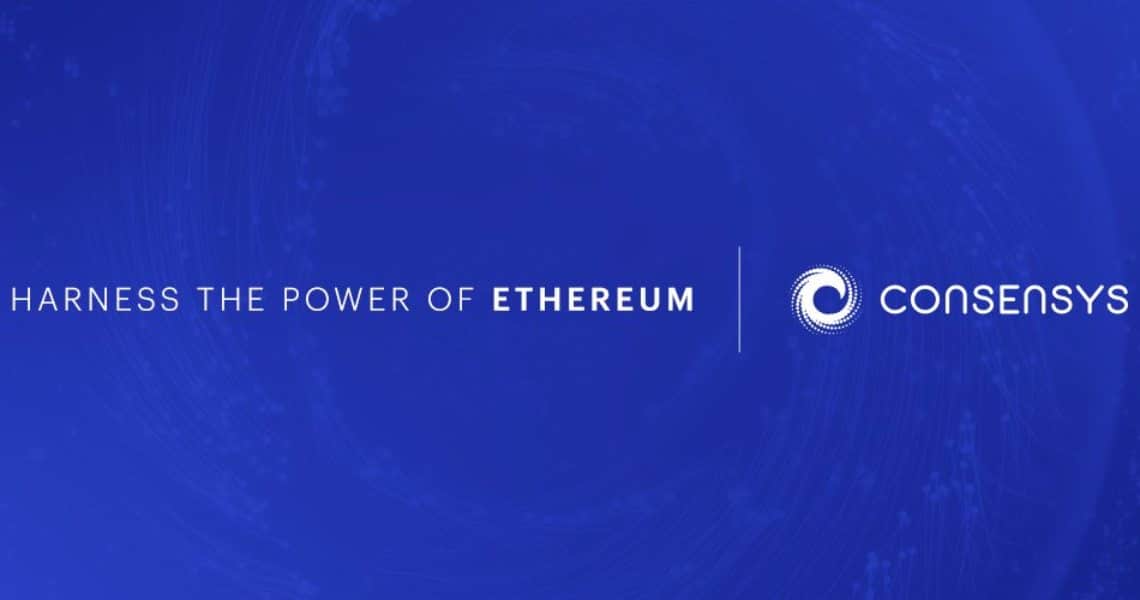During the French event EthCC held in Paris a few weeks ago, we had the chance to talk with Ejaaz Ahamadeen, Global Token Architect at ConsenSys.
We are witnessing a dangerous phenomenon of vote manipulation by exchanges, similar to the Steem case. Major exchanges use their users’ cryptocurrencies to vote on Proof of Stake protocols. Do you think this could be a problem for the future of ETH 2.0? How should the industry evolve in this regard?
The Steem case is an interesting one in that it shows how Delegated Proof of Stake (DPoS) and coin-voting can be captured by a centralized exchange, in this case, Binance. However, Ethereum 2.0 will employ a Proof of Stake consensus model, not Delegated Proof of Stake (DPOS). The difference is subtle but important. With Delegated Proof of Stake you must delegate your votes to a validator. With proof of stake, you can stake on your own, without needing to delegate to a subset/elected candidates. As of now, there are no plans for coin-voting on software upgrades with Ethereum 2.0.
One example is to compare EOS’s Delegated Proof of Stake consensus mechanism to Ethereum 2.0’s Proof of Stake mechanism. With EOS you can only delegate tokens to a subset of elected validators. On Ethereum, anyone can be a validator; you don’t have to delegate your tokens. The intention is for nodes to be very lightweight on Ethereum 2.0, meaning anyone can run a validator node. The more accessible, the less ability for it to be captured by large centralized entities.
Codefi Activate allows users to delegate their tokens to staking providers, or stake on their own.
Another important point on the Steem case is that many of the users’ tokens were custodied by Binance, which recalls the adage, “not your keys, not your coins.” This means that Binance can choose to vote on behalf of users according to their own interest, not necessarily the interest of the users.
Proof of Work is a model that connects the physical hardware world with the virtual software world. What do you think about Proof of Stake as a socio-economic system?
Proof-of-Stake allows for more participation in the validation of transactions across the network, and is less energy intensive than Proof-of-Work. By some estimates, the amount of energy required to power one transaction on bitcoin is equivalent to the average amount of energy used in a UK household for 2 months. Proof-of-Stake’s model also looks to guarantee security over the long-term. If a node on the network tries to double spend, it’s stake is “slashed,” which more greatly disincentivizes attacks on the network.
DeFi gave a strong boost to Ethereum after a period of loss. New enthusiasm is important, but what can be saved from previous Ethereum-based projects? Which application outside the financial one can be considered successful in your opinion and ready for mass adoption?
Security tokenization. Many traditional assets are now taking advantage of Ethereum’s global, secure finality layer. The most recent example to hit headlines was a $40M capital infusion which involved securities issued on Ethereum. Perhaps the most impressive thing here is that this is the first time DBRS Morningstar recognised securities issued on a blockchain.
A trend appearing this year is social tokens. People being able to mint their own tokens as an “influencer,” distribute these amongst their community of fans/supporters whom will then be able to use these to better interact with their favourite influencers. Users will be able to stake those tokens, for example, to attend an interview or go to an event.
Gaming is another industry on Ethereum that’s starting to truly find it’s market fit. MyCrypto Heroes and Gods Unchained have both exceeded the transaction rate achieved by CryptoKitties in late 2017 last year without any noticeable impact on Ethereum’s processing power. Exchanges like OpenSea are fuelling the future of trading in-game items across different gaming platforms. Furthermore games like Axie Infinity are pioneering ways to integrate DeFi as best showcased by their recent KyberSwap functionality.
ConsenSys has had to make staff cuts, what are the financial forecasts of this company and what are the major revenues to focus on in the future?
We are a privately held company and do not communicate on our financials. However, we are excited about the explosion of blockchain technology adoption in 2020. Through our core products, Codefi, Infura, MetaMask and PegaSys, ConsenSys is addressing the ecosystem of early adopters, whether developers, or devotees of decentralized finance, but also large enterprises in financial services, global commodity trading, logistics and supply chain.



